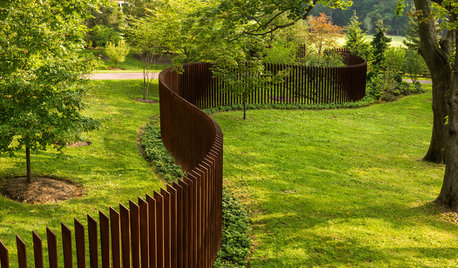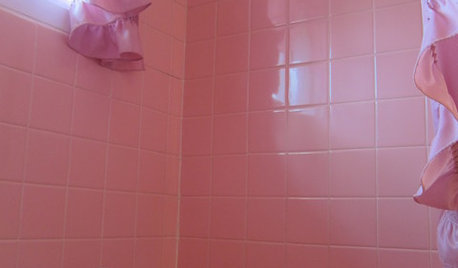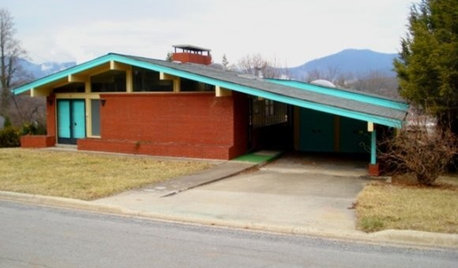My Az is in trouble! (photo link)
pleasegrow23
15 years ago
Related Stories

KITCHEN DESIGNKitchen of the Week: Double Trouble and a Happy Ending
Burst pipes result in back-to-back kitchen renovations. The second time around, this interior designer gets her kitchen just right
Full Story
CURB APPEAL77 Front Doors to Welcome You Home
Crossing the threshold is an event with these doors in a gamut of styles
Full Story
PETSGood Dog! Cute Pooches at Home
The dogs of Houzz take you on a tour of their homes and show you where they lounge, eat, play, bathe and nap
Full Story
HOUSEKEEPINGWhat's That Sound? 9 Home Noises and How to Fix Them
Bumps and thumps might be driving you crazy, but they also might mean big trouble. We give you the lowdown and which pro to call for help
Full Story
FENCES AND GATES12 Delightfully Different Garden Walls and Fences
If pickets seem picked over and you shrink from chain link, try these full-of-personality fencing alternatives
Full Story
PHOTO FLIP94 Dream Bedscapes
Picture yourself in one of these settings for a stylish night’s sleep
Full Story
BATHROOM DESIGNTickled Pink in the Bathroom
We asked you to show us your vintage pastel bathrooms — and you responded with a tsunami of photos and comments
Full Story
LIFEHouzz Call: Show Us the House You Grew Up In
Share a photo and story about your childhood home. Does it influence your design tastes today?
Full Story
PETSHouzz Call: Show Us Your Summer-Loving Dog!
Share a photo of your pooch kicking back in the backyard, helping you in the workshop or enjoying your favorite summer getaway
Full Story
ACCESSORIESTo Chop or Not to Chop?
Karate-chopped pillows pop up in design photos all the time — to the delight of some, the dismay of others. Here's why
Full Story





luis_pr
rhodyman
Related Professionals
Arlington Landscape Architects & Landscape Designers · Surprise Landscape Architects & Landscape Designers · Birmingham Landscape Architects & Landscape Designers · Frisco Landscape Contractors · College Park Landscape Contractors · Coram Landscape Contractors · Dinuba Landscape Contractors · Edinburg Landscape Contractors · Fort Atkinson Landscape Contractors · Fort Payne Landscape Contractors · Lorain Landscape Contractors · Mequon Landscape Contractors · National City Landscape Contractors · Newnan Landscape Contractors · West Covina Landscape Contractorspleasegrow23Original Author
luis_pr
rhodyman